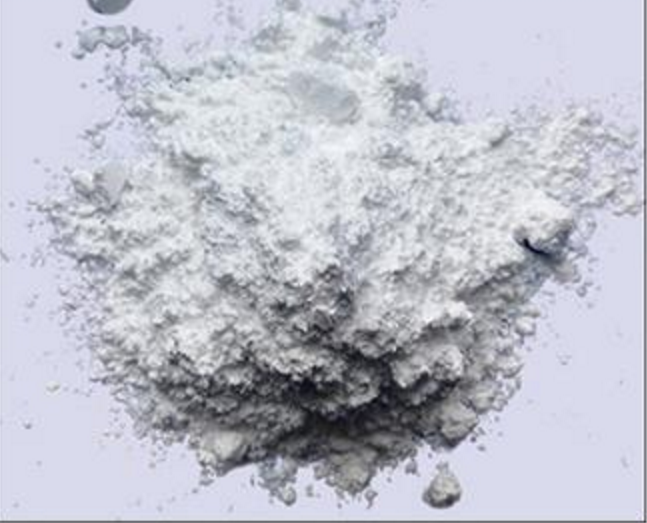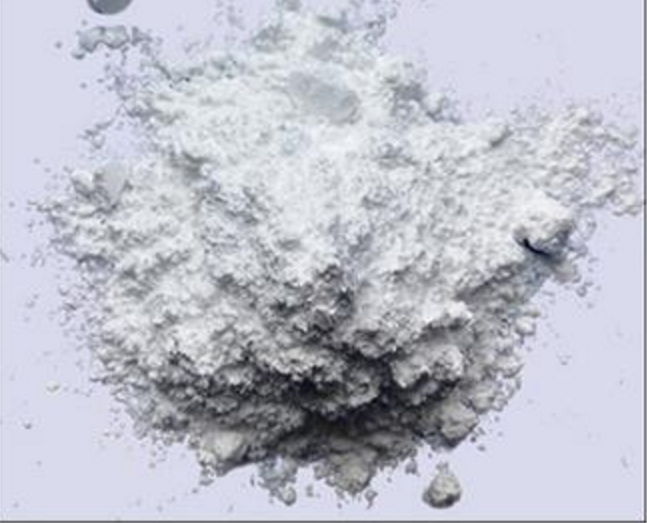
1. Magnesium aluminum silicate
Magnesium aluminum silicate is white, off-white powder, non-toxic and non-irritating. The biggest feature is that it can be quickly dispersed in the water system to form a three-dimensional network structure containing a large number of water molecules, and has great gel forming properties, that is, a higher viscosity colloid is formed at a lower solid content. Magnesium aluminum silicate is dispersed in water, in the form of insoluble fine particles or powder, and forms a special colloidal structure after being dispersed in water. Gelation is not limited by temperature, and can be dispersed and hydrated in cold water and hot water. It has unique gelling, thixotropy, adsorption, suspension, and thickening properties, and is often used as a thickening, thickening, thixotropic, dispersing, and suspending agent.
2. Application field
The main application areas are: medicine, daily-use chemicals (such as toothpaste accessories, cosmetics), pesticides, engineering plastics, rubber, detergents, coatings, paints, printing and dyeing auxiliaries, lubricants, pharmaceutical auxiliary materials, etc.
Three, product characteristics
1. Stability: Aluminium magnesium silicate gel is a non-metal composite nano material, inorganic minerals, will not be destroyed by bacteria and heating mechanical shearing, will not be corroded by microorganisms, long-term storage will not deteriorate, will not be moldy, sticky The consistency does not change with temperature, and it can be hydrated with deionized water at room temperature and swell into a suspended colloid. When the concentration is 0.5-2.5%, a thixotropic gel is formed, which saves the heating process and saves energy and is convenient.
2. Thixotropy: Aluminium magnesium silicate gel has unique high thixotropy, which is significantly better than other types of organic and inorganic glues
3. Suspension: It can bind and suspend powdery materials in an aqueous system of magnesium aluminum silicate gel with an appropriate concentration, stabilize the suspension, prevent the precipitation, accumulation and hardening of suspended substances, make the suspension uniform in texture and convenient to use. Spraying is easier and is not affected by external force time. Its suspension performance exceeds other organic and inorganic suspension agents.
4. Thickening: when used together with magnesium aluminum silicate gel and organic colloid, it exerts a synergistic effect and obtains the best performance. Magnesium aluminum silicate gel helps to coordinate the viscosity and yield value, which is better and more economical than the viscosity and stability obtained by using gel alone, and the viscosity is doubled.
5. Compatibility: Magnesium aluminum silicate gel can be used in conjunction with anionic and non-ionic amphoteric surfactants, and is stable when used in slightly acidic to medium alkaline media. In the electrolyte system containing a small amount of salt, it remains stable.
6. Adsorption: Magnesium-aluminum-magnesium silicate glue has good adsorption properties and can adsorb bacteria on the skin surface, oral cavity and body. At the same time, it also has the function of absorbing flavors, pigments, pigments or enzyme preparations, enhancing fragrance and reducing the bitter taste of drugs.
7. Others: Magnesium aluminum silicate gel also has the functions of emollient, whitening and optimizing product performance.
4. Mechanism of action:
The high-purity mineral powder of magnesium aluminum silicate is used as a stabilizer and rheological agent because of their special colloidal structure in water. Each particle of magnesium aluminum silicate is composed of thousands of tiny pieces. These small pieces are stacked like a "sandwich" structure by sandwiching a layer of water between every two small pieces. The surface of these chips is negatively charged, and the edges are partially positively charged. The net negative charges on the chips are mainly neutralized by sodium ions, although there are still a small amount of other inorganic cations in the system. These inorganic cations in a charge-balanced state associated on the surface of the chip are called "exchangeable ions" because they are easily replaced by other cations.
Hydration: When magnesium aluminum silicate powder is mixed with water, the latter penetrates the area between the small pieces, forcing the small pieces to separate further. In this way, exchangeable ions began to diffuse from the surface of the small piece. According to the principle of permeation, water molecules further penetrate between the small pieces until the small pieces are completely separated.
Rheological principle: Once the aluminum magnesium silicate powder is hydrated (that is, the small pieces are separated), the edges of the small positively charged pieces are attracted to the surface of the negatively charged small pieces. In this way, a three-dimensional structure (commonly known as

After some time, the free small pieces that are not attracted by the opposite sex will take longer to find a suitable position in the structure. In this way, the increase in viscosity will inevitably slow down gradually. On the contrary, when applied With a shear force, most of this structure will quickly disintegrate, and then gradually tend to relax. Therefore, the dispersion of magnesium aluminum silicate has
Thixotropic: When there is no shear force, their viscosity increases with time, and under a constant shear rate, their viscosity decreases with time. Because the increase in the shear rate (that is, the increase in structural damage) will cause the viscosity to decrease, the dispersion of magnesium aluminum silicate is pseudoplastic.








